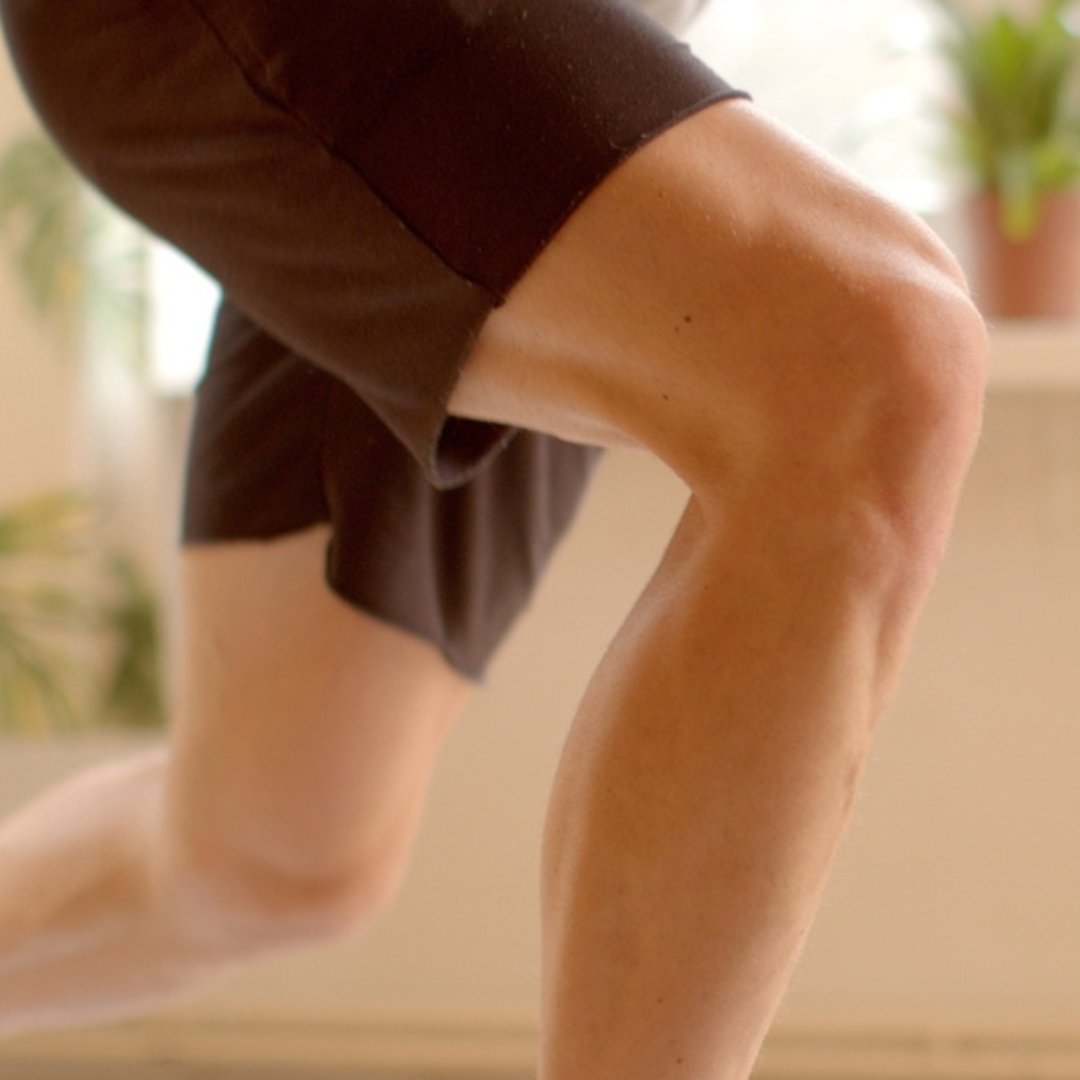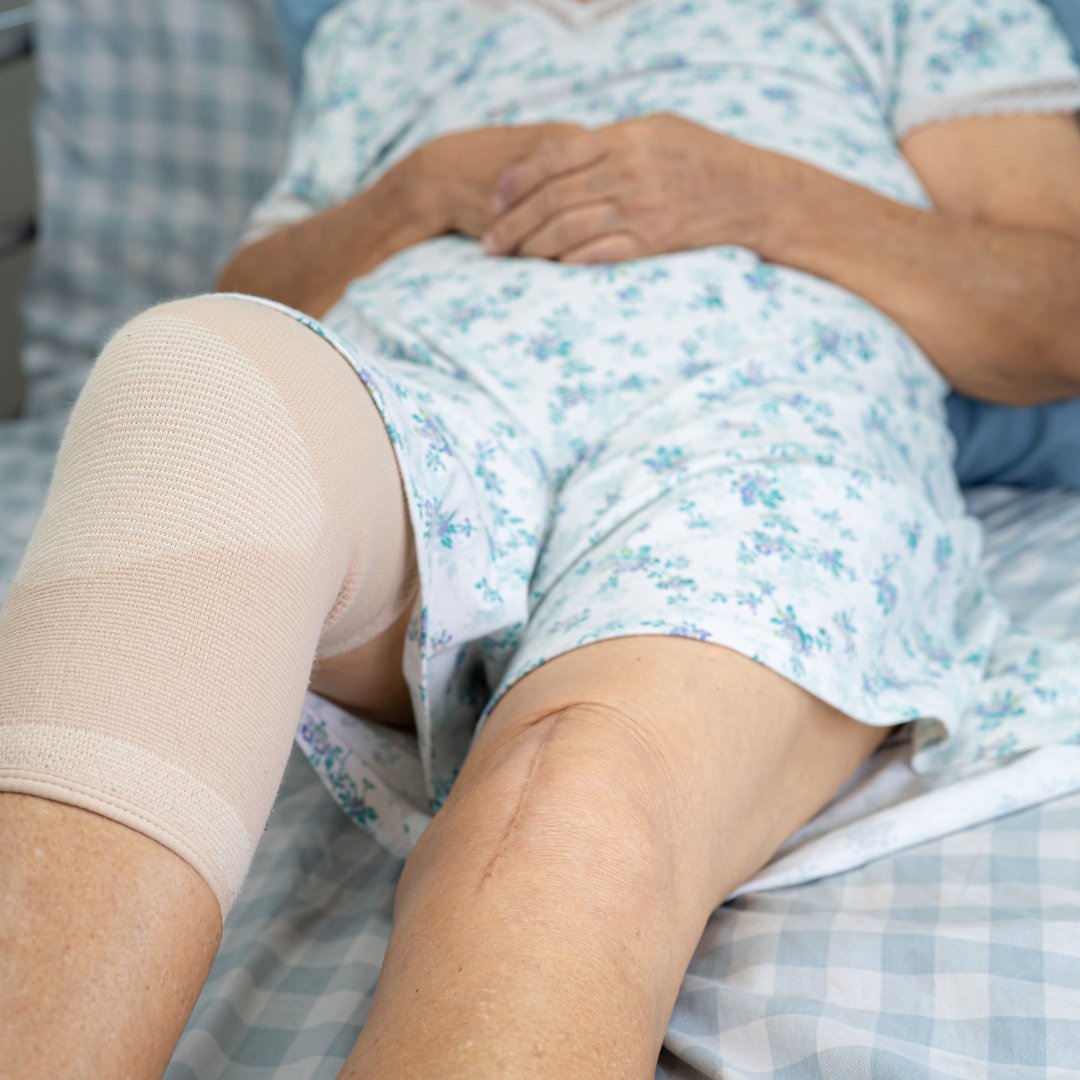
Neuromuscular Training for Knee Stability: What It Is and Why It Works
Learn how neuromuscular training improves knee stability, balance, and proprioception to support joint health and prevent injuries.
If you’ve ever tried to get stronger while dealing with knee pain or going through knee replacement recovery, you know it’s not exactly a walk in the park. In fact, it can feel like you’re trying to build a skyscraper out of toothpicks. That’s where blood flow restriction therapy comes in. It might sound a little intimidating at first, but trust me, it’s a game-changer when it comes to rebuilding strength, protecting your knees, and making the most out of your rehab journey.
Blood flow restriction therapy, often shortened to BFR, is a technique where a specialized cuff or band is placed around the upper part of your leg to reduce, but not completely block, the blood flow out of the muscles. Think of it like turning the faucet on low while you’re filling a sink. The water is still coming in, but the drain is partially closed, which creates just enough pressure to make things more effective.
This technique allows you to use light weights while tricking your muscles into thinking you’re lifting much heavier loads. For example, instead of squatting with a barbell that feels like a truck, you can squat with light resistance while still getting similar muscle-building benefits to that of high-intensity training. Pretty neat, right?
It is important to understand why blood flow restriction therapy has become such a hot topic in knee rehab. After knee replacement surgery, regaining strength in your leg muscles, especially your quadriceps, is critical. These muscles support your knee, help you walk, and protect your new joint. The challenge is that traditional strength training often requires heavy weights, which can be unsafe and painful after surgery. This is where blood flow restriction therapy shines.

By allowing you to build strength with lighter loads, BFR reduces stress on your healing knee. That means less pain, less risk, and more progress in the early stages of your rehab journey. BFR has been shown to increase muscle size and strength without the need for heavy resistance training.
There are many ways blood flow restriction therapy can support you during knee replacement recovery. Each benefit addresses a different challenge you might face during rehab.
You don’t need to put your new knee under the pressure of heavy dumbbells. With BFR, lighter resistance combined with restricted blood flow provides the same muscle-building effects.
BFR can be helpful in the early weeks of knee replacement recovery when lifting heavy weights isn’t safe. It allows you to safely push your muscles to work harder than they would with regular light exercise.
Many people find that blood flow restriction therapy helps limit discomfort. Since the loads are lighter, you’re not constantly stressing your healing tissues.
Building strength more efficiently means you may be able to walk, climb stairs, and return to your normal activities sooner. And let’s be honest, being able to go up and down stairs without wincing is a victory worth celebrating.
Blood flow restriction therapy sounds impressive in theory, but how does it look in practice? Here’s an example. Imagine you’ve just had knee replacement surgery, and bending your knee still feels stiff. Instead of loading up a leg press with a heavy weight, your therapist uses a BFR cuff while you do simple exercises like straight leg raises, mini squats, or short arc quads. Because of the blood flow restriction, your muscles think they’re working overtime, and you reap the benefits without putting unnecessary strain on your healing knee.

People who thought they’d never regain their strength suddenly make big progress after adding BFR. It’s inspiring, and it reminds me that rehab is about working smarter, not just harder. It also helps keep you motivated, because you start noticing small improvements more quickly. That little bend that used to feel impossible suddenly feels smoother, and you start believing in your progress again.
BFR should be tailored to each person’s unique needs and tolerance, with adjustments to cuff pressure and exercise protocols. That’s why it’s important to work with a qualified physical therapist experienced in BFR therapy to ensure proper technique and safety.
Not everyone is a candidate, especially if you have poor circulation, diabetes, severe high blood pressure, or kidney issues. But if it’s safe for you, it can be a powerful tool for building strength without overloading your new knee.
Remember, knee replacement recovery shouldn’t be rushed, but taken in small, steady progress. Every step, every bend, and every exercise brings you closer to getting back to the activities you love. Even on days when progress feels slow, know that your effort adds up and makes a real difference. Good luck on your knee journey!
Good knees start here. Don’t miss a step, subscribe to KneeMail for free tips from knee expert Shehla Rooney, PT!

Learn how neuromuscular training improves knee stability, balance, and proprioception to support joint health and prevent injuries.

Learn why knee stiffness isn’t only caused by aging and discover strategies to ease pain, improve mobility, and support long-term knee health.

Learn the difference between PTs and PTAs in knee physical therapy, their roles, and how it impacts your care and co-pay.

Discover knee injuries and conditions that may lead to total knee replacement and learn options to ease chronic pain.

Discover the real cost of knee replacement surgery, from hospital bills to PT co-pays, insurance coverage, and hidden expenses.